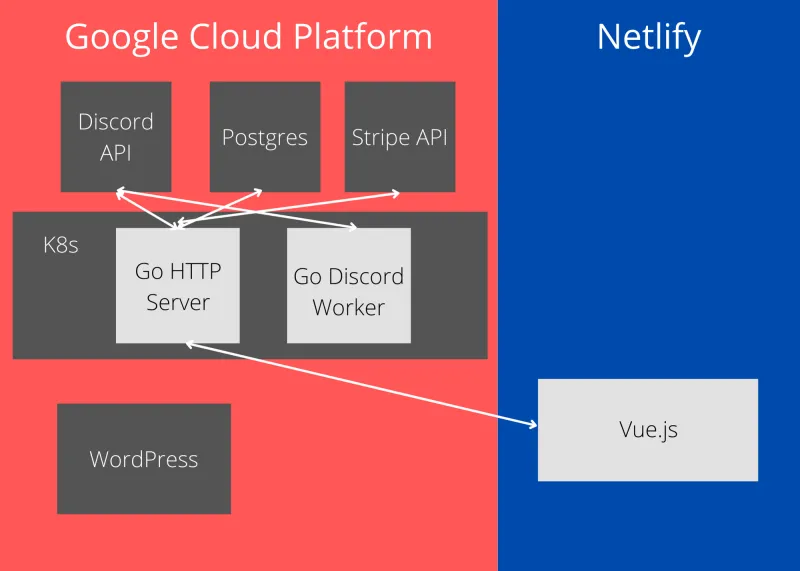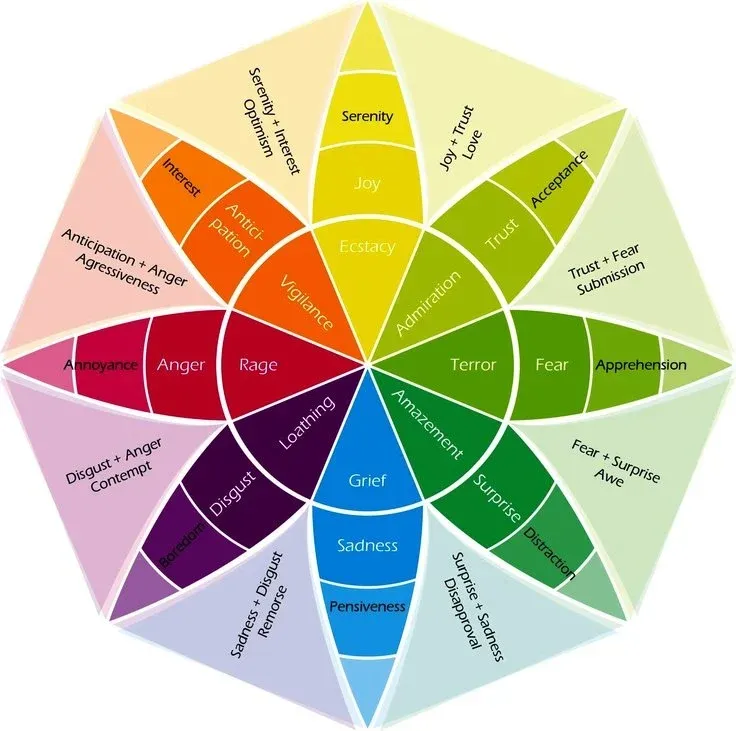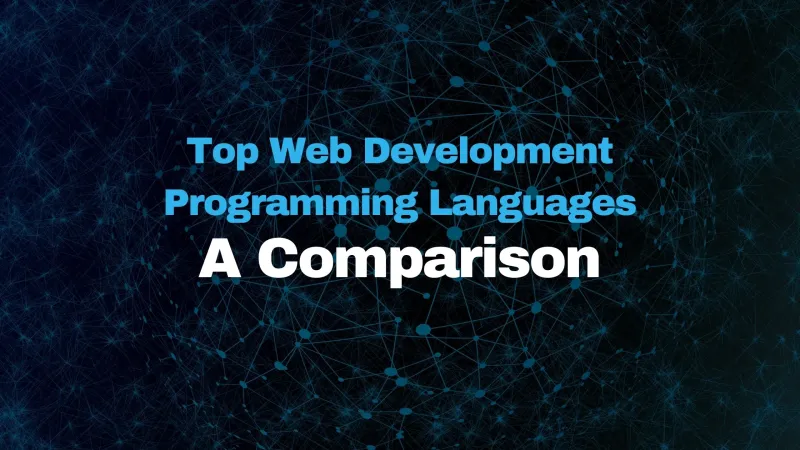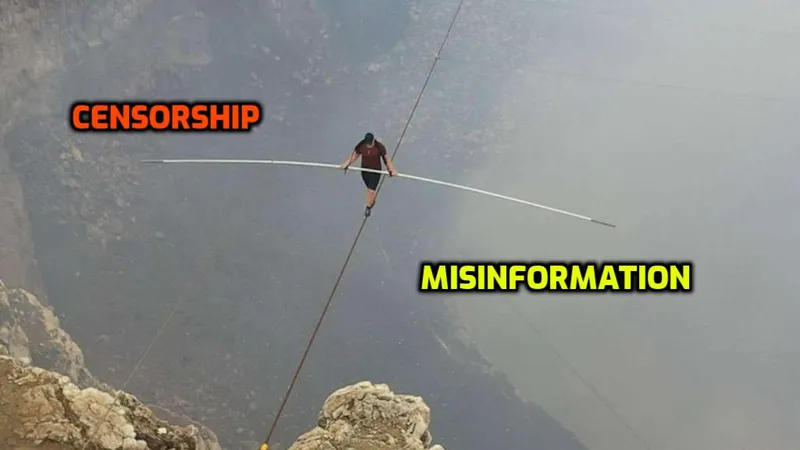Misc
-

12 Codecademy Alternatives That Will Get You Where You Need to Go
May 04, 2023 by Natalie SchoonerJust last month, Codecademy was sold to Skillsoft for $525 million. Not too shabby, and entirely well-deserved if you ask me.
-

As a Developer, What Hardware Do You Truly Need?
Apr 21, 2023 by Lane WagnerLet’s be real here: we live in an age where everyone and their dog seems to think they need the latest, most expensive gadgets to get anything done.
-

Using GitHub Issues to Hack Together A Feedback System
Jul 31, 2022 by Lane WagnerBoot.dev has been my side-project for the last couple of years now. Being a learning path for backend developers focused on quality over quantity, I knew early on that it needed to have a really tight feedback loop from students.
-

How Not to Ask for Help Online
May 20, 2022 by Lane WagnerI’ve spent an unhealthy amount of time online over the course of my life, and in the last couple years I’ve been managing a Discord server for people who are learning computer science.
-

Top 10 Communities For Learning to Code
Apr 20, 2022 by Zulie RaneWhy you need a coding community 🔗 The one thing that every programmer has in common, whether they’ve only ever implemented a “Hello World” program or they’re considered a “senior” software engineer, is the need to continuously learn.
-

An Overview of Boot.dev's Full-Stack Architecture
Jan 10, 2022 by Lane WagnerBecause I’ve had several inquiries on this topic, I thought it would be interesting to publish some information on how the boot.
-

The Best Product Managers Have The Worst Ideas
Nov 02, 2021 by Lane WagnerIt’s hard finding good product people. That fact is really a tragedy because they are probably the most important part of any product-focused organization.
-

Well, We Might Have a Video Call for That!
Sep 27, 2021 by Lane WagnerThis article contains some of my thoughts on communications for distributed teams and is a response to No, we won’t have a video call for that!
-

16 Great Coding Challenges You Can Try Out
Jun 24, 2021 by Zulie RaneCoding challenges are a fun way to improve your coding quickly. When I started to learn coding in school, coding challenges were the furthest thing from my mind.
-

The 10x Meeting - Solving for Too Many Meetings
May 10, 2021 by Lane WagnerPerhaps you’ve heard of the fabled 10x developer (or 10x engineer) - the one on the team that’s 10x as productive as their average colleague.
-

How I Organize My Local Development Environment
Mar 17, 2021 by Lane WagnerWhen I was just getting into coding, I was very disorganized. I would create a new text file in My Documents, work on it, never create a Git repository, accidentally delete it later, you get the idea.
-

The Benefits of Gamified Learning
Jan 20, 2021 by Lane WagnerWhy was that adjustment to college classes so hard? Sitting through hours of lectures and PowerPoints can be challenging for even the most dedicated students.
-

NLP is Hard Because Even Humans Don't Agree
Jan 19, 2021 by Lane WagnerIn my full-time role at Nuvi, I’ve been lucky enough to work on a team where we’re able to push the boundaries in the natural language processing field.
-

The 8 Most Popular Coding Languages of 2022
Jan 04, 2021 by Zulie RaneAnd more importantly, how to choose the most popular coding language you should learn. 🔗 How can you decide what the most popular coding language is?
-

Top Web Development Programming Languages; A Comparison
Nov 04, 2020 by Lane WagnerThe software development industry is growing at a break-neck pace. Currently, there are close to 19 million software developers in the world, and this number is expected to double by 2030.
-

Top 4 Coding Languages To Learn For Beginners in 2022
Oct 07, 2020 by Lane WagnerCoding languages, tools, and frameworks are in a constant state of flux, improvement, deprecation, and popularity swings.
-

Education's Shameful State of the Art
Oct 05, 2020 by Lane WagnerHigher education had its problems before Covid-19. Now the crippling inefficiencies, backbreaking cost, and lack of alternatives are being forced into the spotlight.
-

Your Parent's Internet - How to Mitigate Misinformation
Jul 31, 2020 by Lane WagnerThe age of information is not what we all hoped it would be. We successfully digitized the majority of human knowledge, and we even made it freely accessible to most.
-

An Intro to Quantum Mechanics and Google's Quantum Supremacy
Jun 19, 2020 by Devanshi AroraThe science that deals with the description of the motion and interaction of subatomic particles is known as Quantum Mechanics.
-

Quantum Programming 101: Backend Monitor
May 12, 2020 by Macauley CogginsIntroduction 🔗 In a previous tutorial we showed how you can get basic information on all quantum devices using backend_overview().
-

Quantum Programming 101: Superdense Coding Tutorial
Apr 20, 2020 by Macauley CogginsWhat is Superdense coding? 🔗 Superdense coding is a quantum communications protocol that allows a user to send 2 classical bits by sending only 1 qubit.